Best guitar speakers 2025: the 9 best speaker upgrades for your combo amp or cabinet
Our pick of the very finest guitar speakers from Celestion, Jensen, Eminence, EV and more
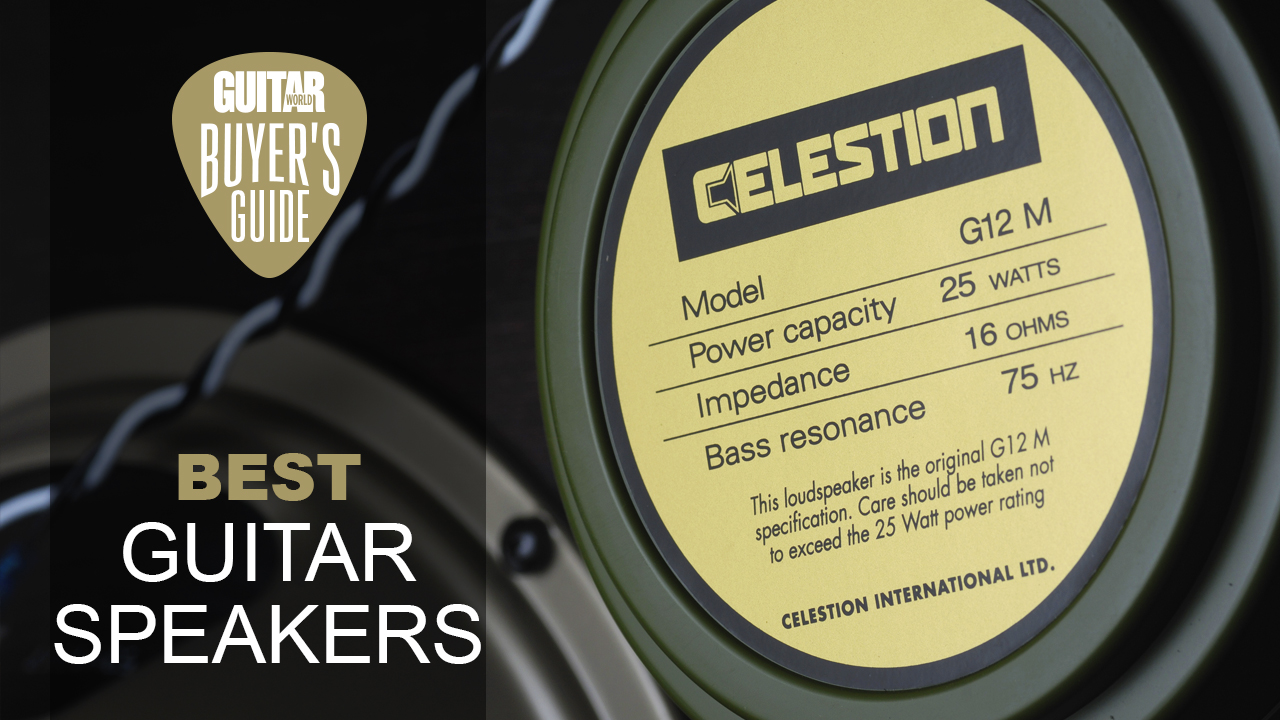
Nothing speaks to a guitar aficionado like the sound of a well-chosen guitar speaker. Funny though, isn’t it? Everyone, from geeky audiophiles to spotty boy racers in their earth trembling, modded wagons, knows that speaker choice has a vital part to play in the pursuit of paradisical tone. So, why is it that we guitarists hold back when it comes to swapping out one speaker for another? That's what this guide to the best guitar speakers is here to answer.
The often-overlooked guitar speaker is significant because it’s the last link in your audio chain before your ears or, if you’re recording, your mic. Every piece of carefully curated kit that comes before it, from precision-formed string, through hand-wound pickup to point-to-point wired amp will sound compromised if they’re being fed through a duff speaker. Or the wrong speaker, for that matter.
You see, speaker upgrades aren’t just for those of us with inexpensive combos or cheap cabinets. Even if you’re fortunate enough to own a boutique amp, changing the speaker or speakers for alternatively voiced models can get you closer to that dream sound that’s been bugging your brain for years.
The good news keeps coming too. Guitar speakers can be surprisingly inexpensive and are usually remarkably easy to fit. Trust us, if you know one end of a screwdriver from the other, then you’re already more than halfway there.
Best guitar speakers: Guitar World Recommends
The Celestion G12M Greenback will give you that authentic British ’60s rock tone, and works beautifully for rhythm or lead, crunchy or clean. Rated at 25-watts it’s a relatively low-powered speaker, but that’s more than enough for most small tube amps and, of course, you can always invest in a pair or even built yourself a small stack. It’s relatively cheap too.
If you’re into southern rock, blues or jazz then you’ll love the character of Eminence’s Texas Heat speaker. It has a rich, buttery smoothness that blues guitarists swoon over, yet the treble has bite a plenty, enabling you to cut through any mix.
And for you modern, high-gain players? Well, you really can’t go wrong with the Celestion G12H-150 Redback or the Electro-Voice EVM12L.
Best guitar speakers: Product guide
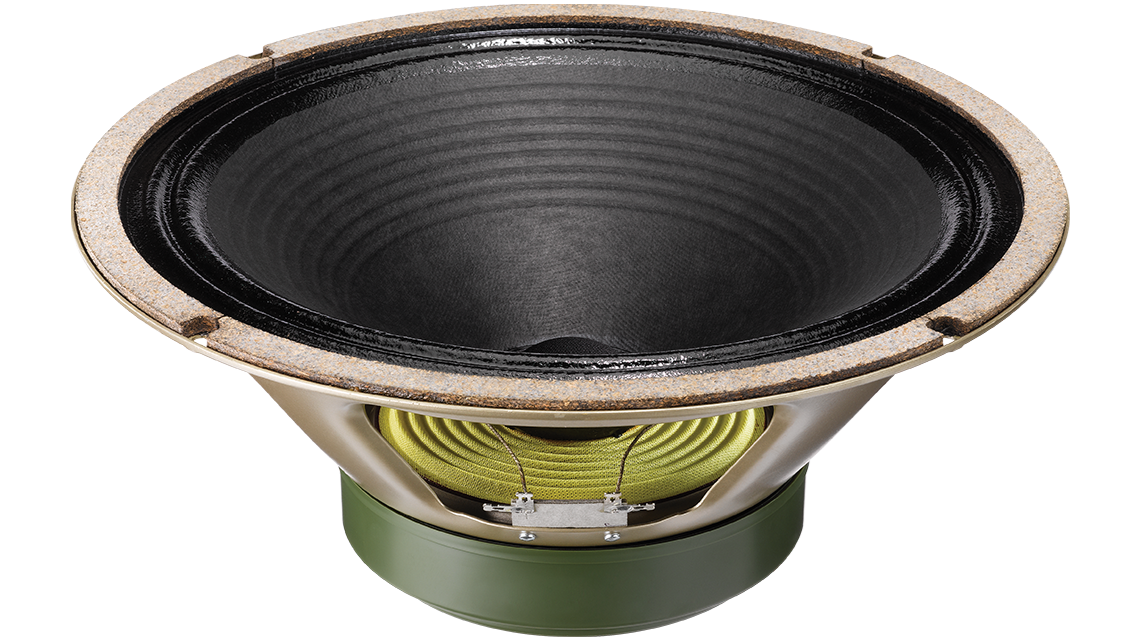
1. Celestion G12M Greenback
Our expert review:
Specifications
Reasons to buy
Reasons to avoid
Think ‘60s British rock – Hendrix, Clapton, Beck, Page – and a key ingredient of that classic tone will be a dash of Greenback. OK, we’re aware than Jimi was from the US, but he was famously into British amplification, so I think we can be forgiven for including him here. A little later on Angus Young also championed the Greenback, and it was allegedly a favourite of Van Halen’s too.
Which just goes to prove that there’s no shame in choosing a speaker with a ceramic magnet. The Greenback has changed a bit since the swinging sixties, but it still retains its characteristic mid-range punch and restrained top end. Perfect if you’re after a speaker that will deliver no-nonsense, aggressive, vintage lead tones.
In case you’re wondering, the M in its name refers to its Medium/35-ounce magnet. Originally, there was a G12H in Celestion’s catalogue too, fitted with a ‘Heavy’ 50-ounce magnet. Apparently, the heavier magnet produces a tighter low-end – here’s hoping Celestion reintroduce it.
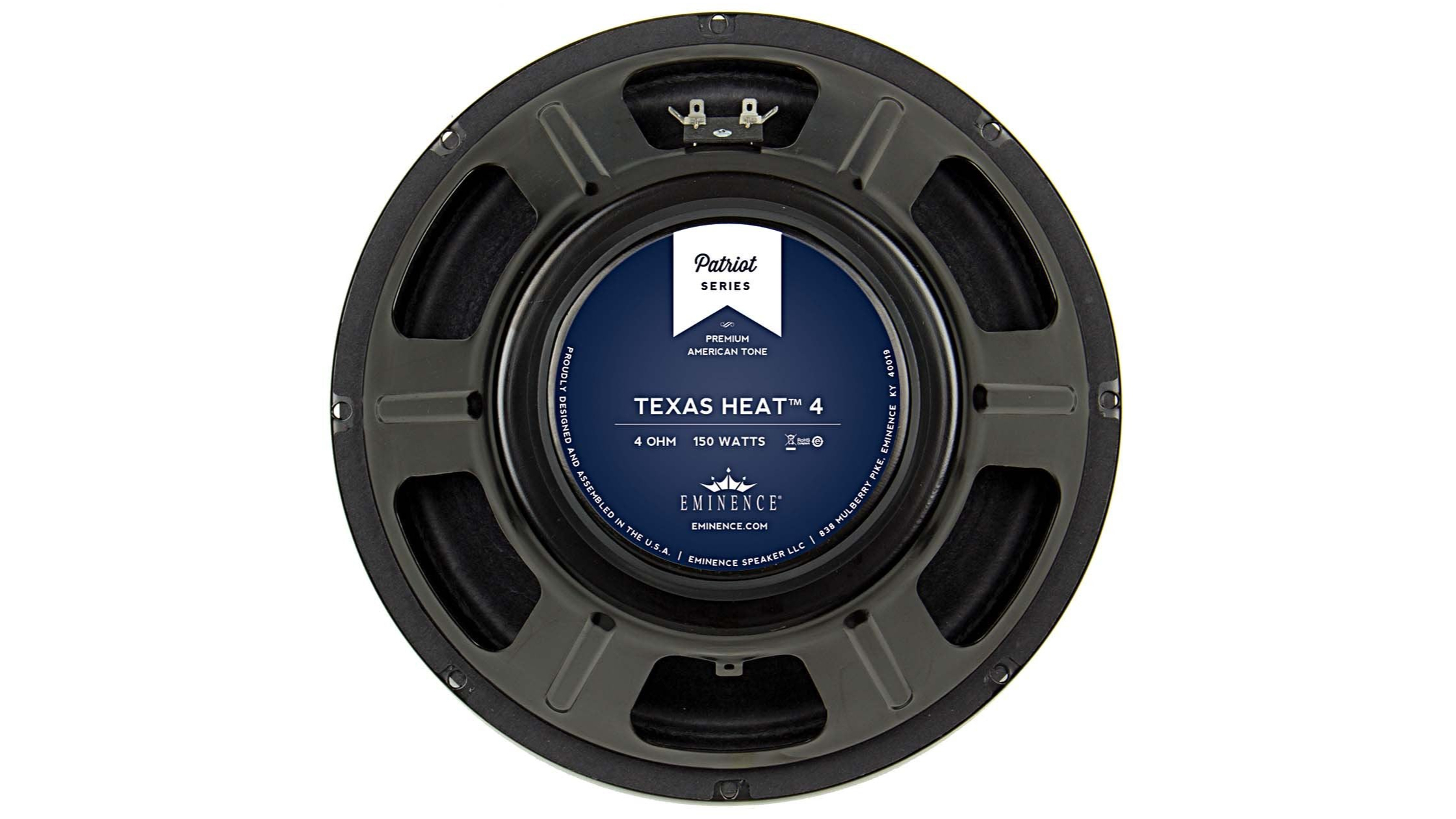
2. Eminence Texas Heat
Our expert review:
Specifications
Reasons to buy
Reasons to avoid
No prizes for guessing the kind of player this speaker is aimed at. As its name suggests, the Texas Heat is perfect for southern rock tones, but it’s more than capable of producing classic rock, blues and even jazz sounds too.
Armed with a 38oz magnet and a 2” voice coil it sings with a warm, fat tone that just loves a touch of rich saturation. However, its pronounced top-end bite brings clarity to the Texas Heat’s character, enabling it to cut through any mix while maintaining a buttery, bluesy tone.
It responds instantly to player dynamics, making it a superb choice for nuanced blues lead work. The 150-watt rating provides oodles of headroom in lower powered amps too.
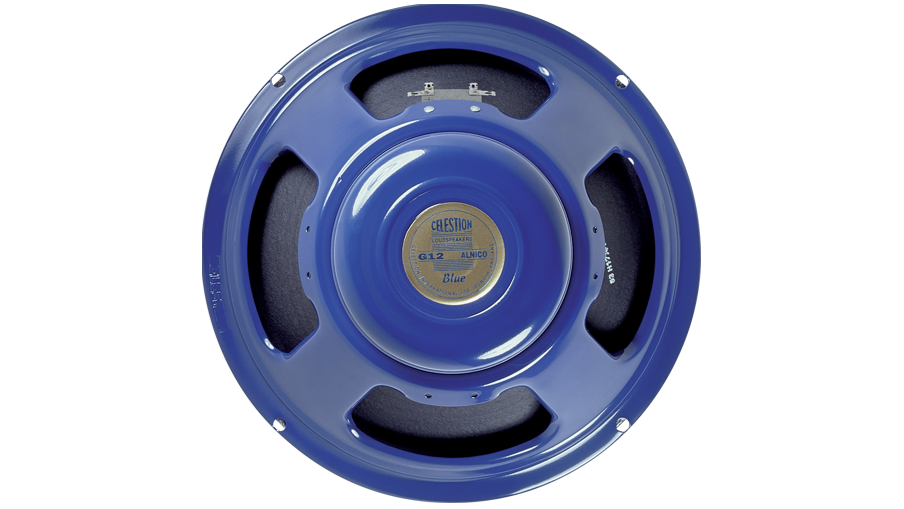
3. Celestion Blue
Our expert review:
Specifications
Reasons to buy
Reasons to avoid
The ‘Blue’ can trace its lineage back to the 1920s, which was when Celestion started out life making speakers for radiograms and gramophones. In the late ‘50s it was asked to repurpose the G12, one of its most celebrated radiogram speakers, by the team at start-up amp brand Vox. They were looking for a beefed-up speaker to stick in a brand-new guitar amplifier.
Celestion obliged and two stars were born – the AC15 amp and the Blue speaker. Strictly speaking, it was painted a variety of colours until Vox later squeezed a pair into the AC30, at which point blue became the default.
Everyone from the Stones to Matt Bellamy have played Vox AC30s, and all have managed to sound notably different. Perhaps the best tonal example is Brian May, in whose playing you can easily hear the characteristic rich lows, smooth upper-mids and brilliant bell-like top-end. Pushed hard, the Celestion Blue will compress in the most musical way. A true classic.
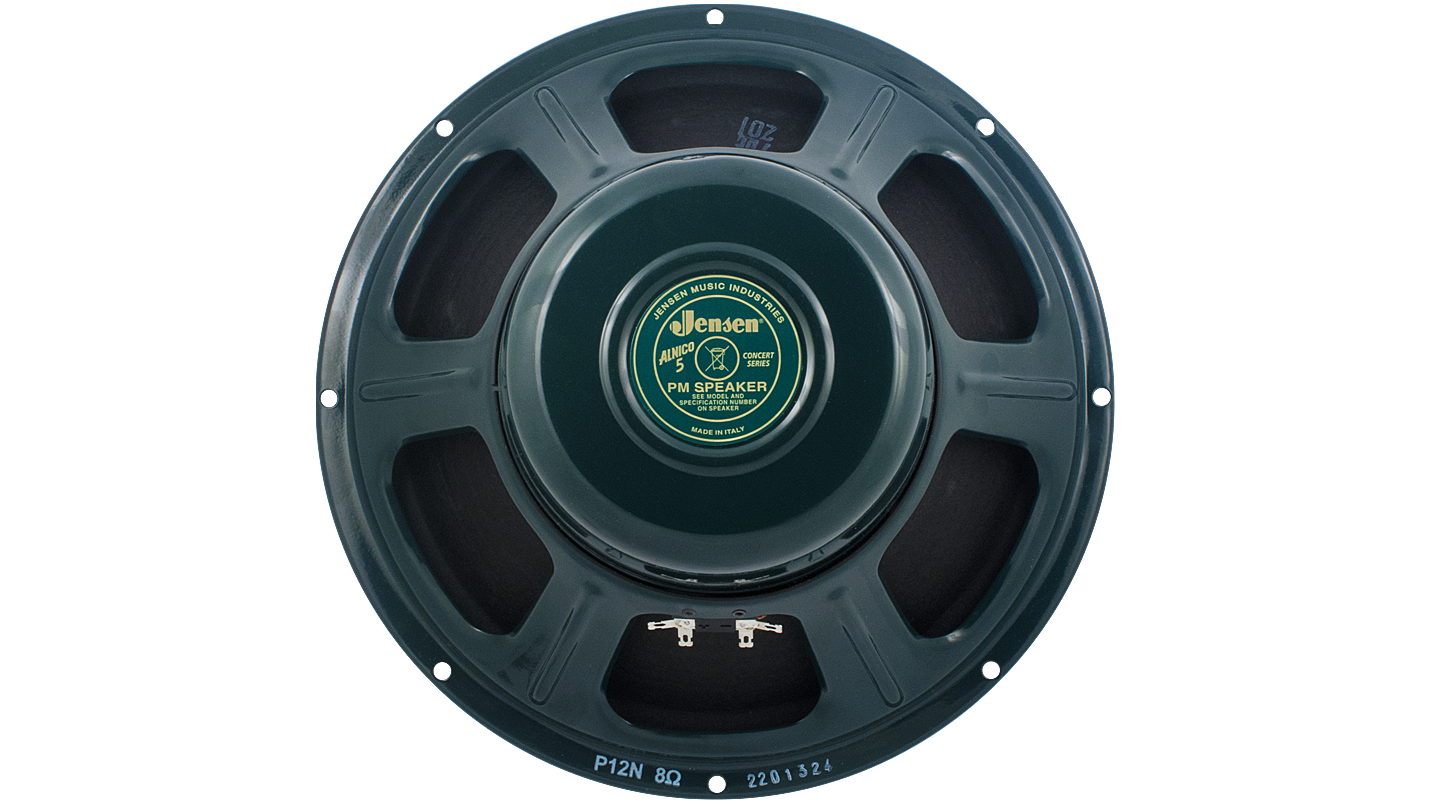
4. Jensen P12N Vintage Alnico
Our expert review:
Specifications
Reasons to buy
Reasons to avoid
Perhaps the most iconic vintage Jensen speaker, the P12N is easily recognised by its huge bell-shaped magnet cover. Famously, back in the ‘50s it was installed in Fender’s Tweed Twin, where it’s crystal-clear highs positively influenced what guitarists came to recognise as the Fender sound. Look up ‘clean tones’ in the dictionary and the definition will read P12N.
Not that it’s icy and brittle, far from it. The P12N is still a full-bodied, warm sounding speaker with a powerful mid-bite but its transparent top end is its calling-card. Generate some overdrive and it will respond with a bright and colorful crunch.
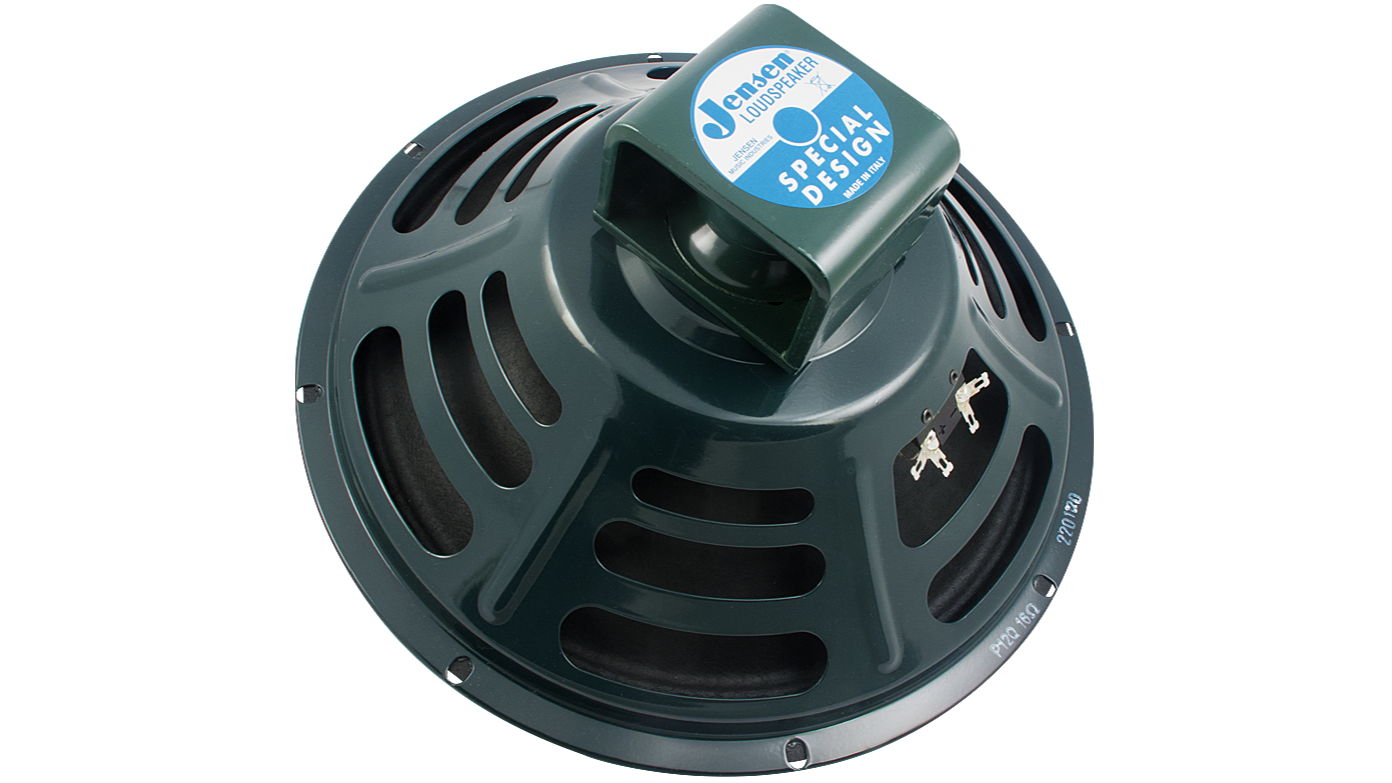
5. Jensen P12Q Vintage Alnico
Our expert review:
Specifications
Reasons to buy
Reasons to avoid
The P12Q is the P12N’s little brother – they’re closely related but, like most siblings, have entirely different characters. Here, the cone size remains the same but the P12Q features a smaller voice coil, a substantially lighter weight magnet and lower power rating.
These key differences endow it with a smooth, warm voice that’s very balanced but has a recognizable bite in the upper midrange. It’s a good all-rounder for a variety of musical genres but is especially well-suited to jazz and blues.
The P12Q, which was nicknamed the ‘hot dog’ because of the sausage-shaped cut-outs in its basket frame, was originally found in amps such as the vintage Tweed Deluxe, the Ampeg Jet and the Gibson GA-20. A notable vintage American-style speaker.
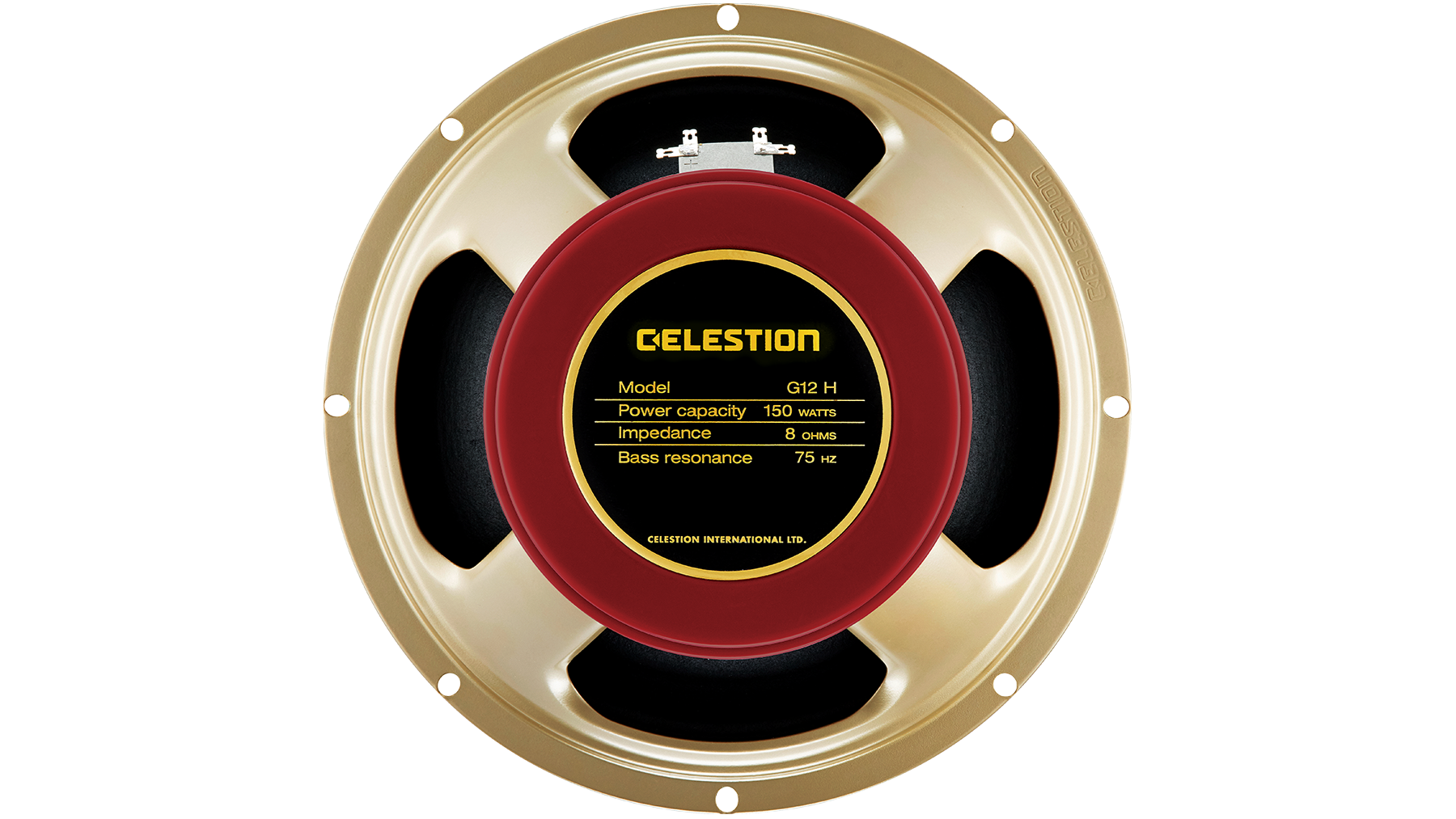
6. Celestion G12H-150 Redback
Our expert review:
Specifications
Reasons to buy
Reasons to avoid
If your djent is more thunderous than the hooves of the Four Horsemen of the Apocalypse then the Redback is a devilish choice. Fitted with a humongous magnet more powerful than the gravitational pull of the sun (OK, we made that stat up) it’s rated at a whopping 150 watts. Will it wake the dead? Maybe. Your neighbors? No question.
Paradoxically, if you shy away from the dirt to live a life that’s clean and pure this could be the speaker for you too.
Match it to a similarly rated high-gain amp and it’ll take all the pummelling you can throw at it. Use it with a lower-gain amp though, and you’ll never run out of clean headroom.
To handle the power, and resulting heat, the Redback features the aforementioned 50oz magnet, together with a supersized 2” voice coil. This stocky combination gives the speaker a dark, meaty sound that’s well suited to down-tuning or for taming a bright amp.
The Redback is also a great choice if you want to replace a 4x or 8x cab with a single speaker. So much easier on the back…
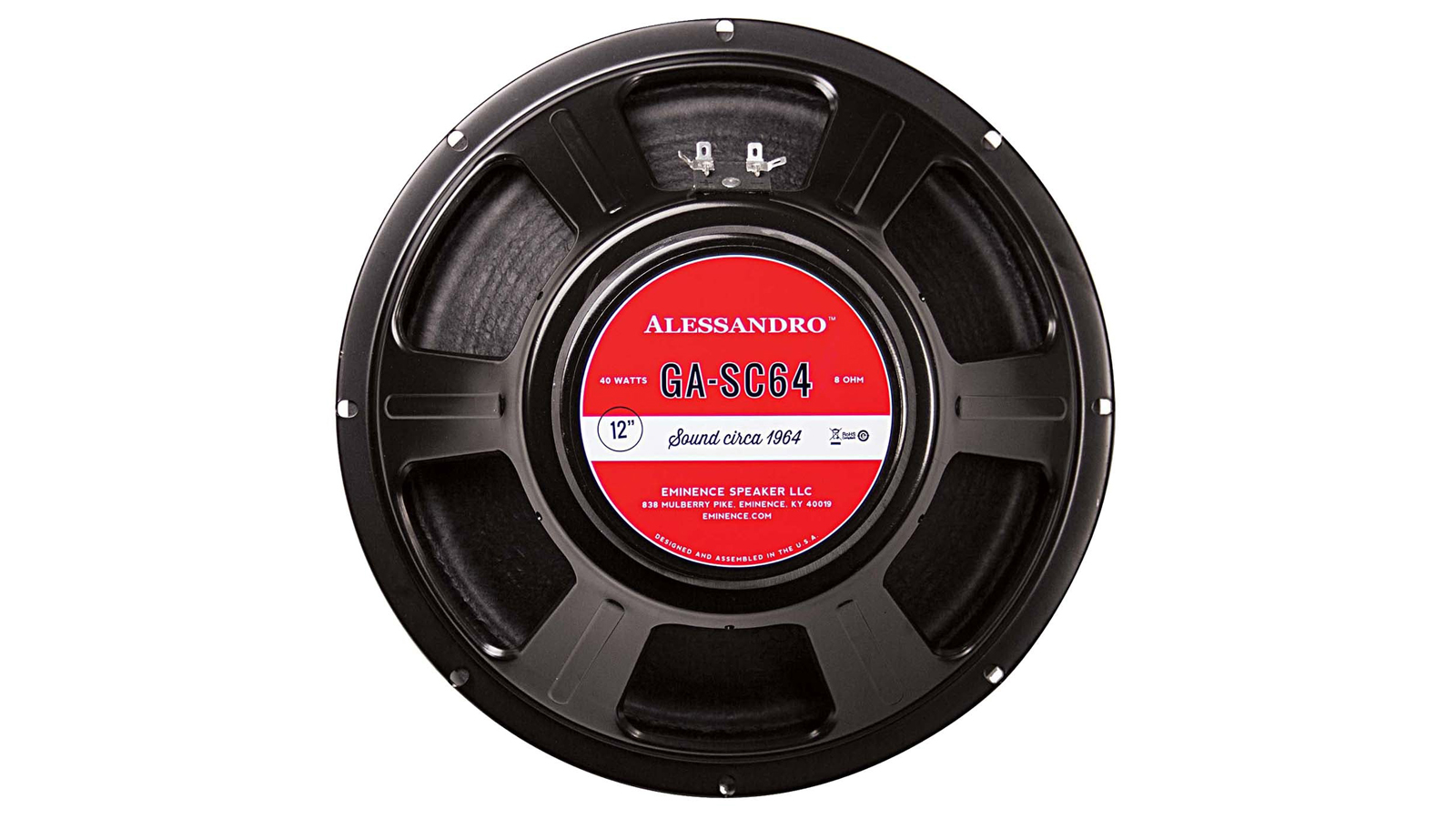
7. Eminence GA-SC64 12"
Our expert review:
Specifications
Reasons to buy
Reasons to avoid
The GA-SC64 is a wonderful example of a modern speaker that’s voiced to sound vintage. A little less than a decade ago Eminence teamed up with respected boutique amp builder George Alessandro and tasked him to help them build a speaker with similar sonic characteristics to a vintage Jensen.
The result was a speaker that some argue sounds even more Jensen than Jensen. Like a Jensen C12N (one of Fender’s go-to speakers in the mid-sixties) but better. Certainly, it’s a delightful bit of kit, exceptionally well balanced with tight, punchy lows, warm mids and open highs. It sounds fantastic and responds beautifully whether played clean or dirty.
Many Fender Deluxe Reverb owners have gone mad for this speaker, ripping out whatever lies within their black- or silver-faced beauties and replacing it with a GA-SC64. In fact, it suits almost any Fenderish tube amp, so if you fancy an upgrade this is a worthy choice.
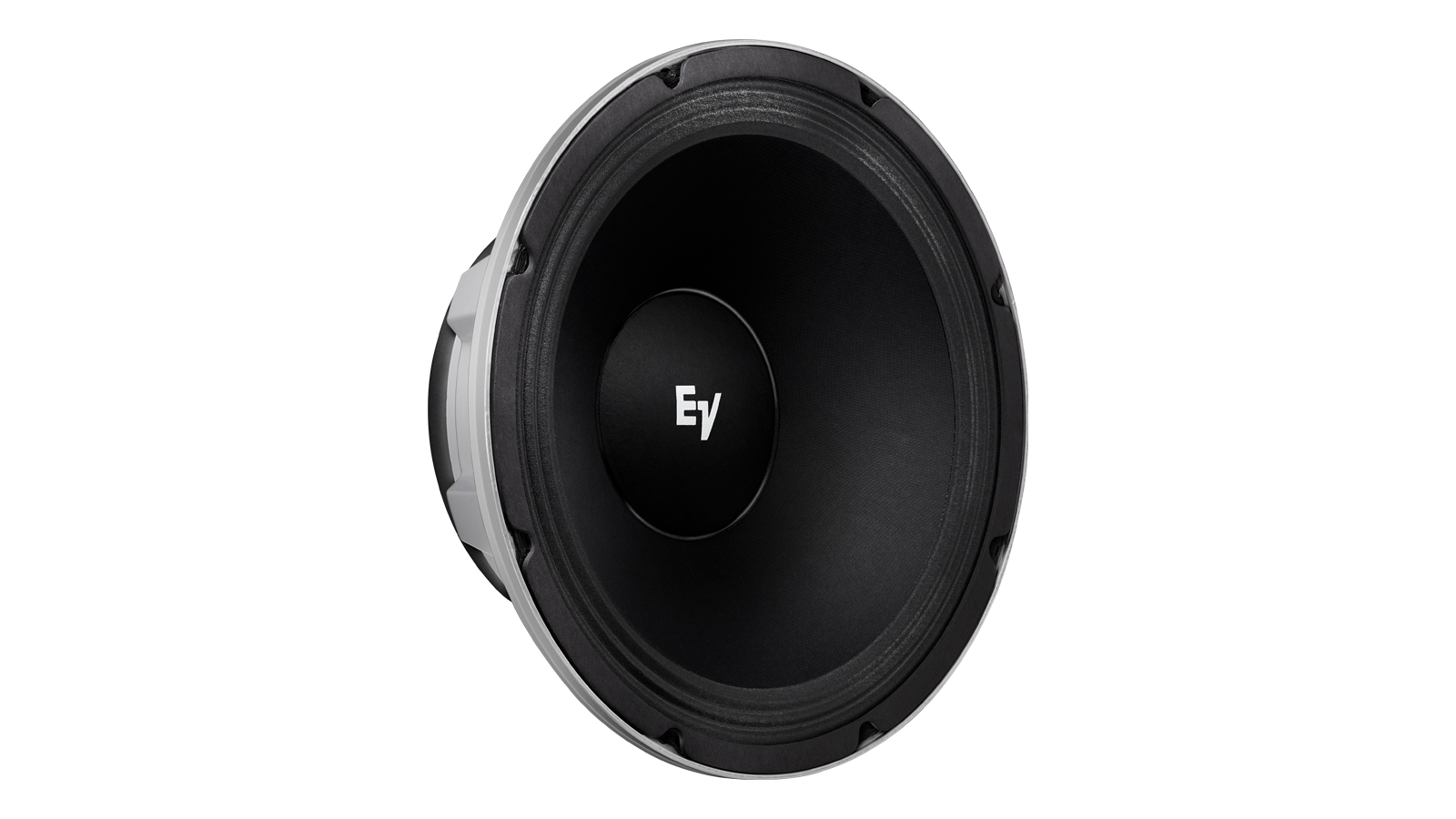
8. Electro-Voice EVM12L Classic
Our expert review:
Specifications
Reasons to buy
Reasons to avoid
No one can accuse the marketing bods at Electro-Voice of being modest but at least they’re direct. Is the EVM12L really the World’s Greatest Guitar Loudspeaker, as they would have us believe?
Well, Joe Bonamassa is a fan, and Zakk Wylde uses a hot-rodded version, the EVM12L Black Label. What they, and countless other guitarists, love about this speaker is its neutral voicing, high power rating and bomb-proof build quality. This bad boy is so tough it could probably survive a direct hit from a nuclear device, which is allegedly the only thing more destructive than a Black Label tour.
Treble sparkles, bass oozes richness and everything in-between sounds just as it should, even at crazy-high volume levels. That’s why artists adore the EVM12L, it delivers night after night, tour after tour. It’s not cheap, and it weighs more than a small child, but it’ll probably outlive you. And your grandkids.
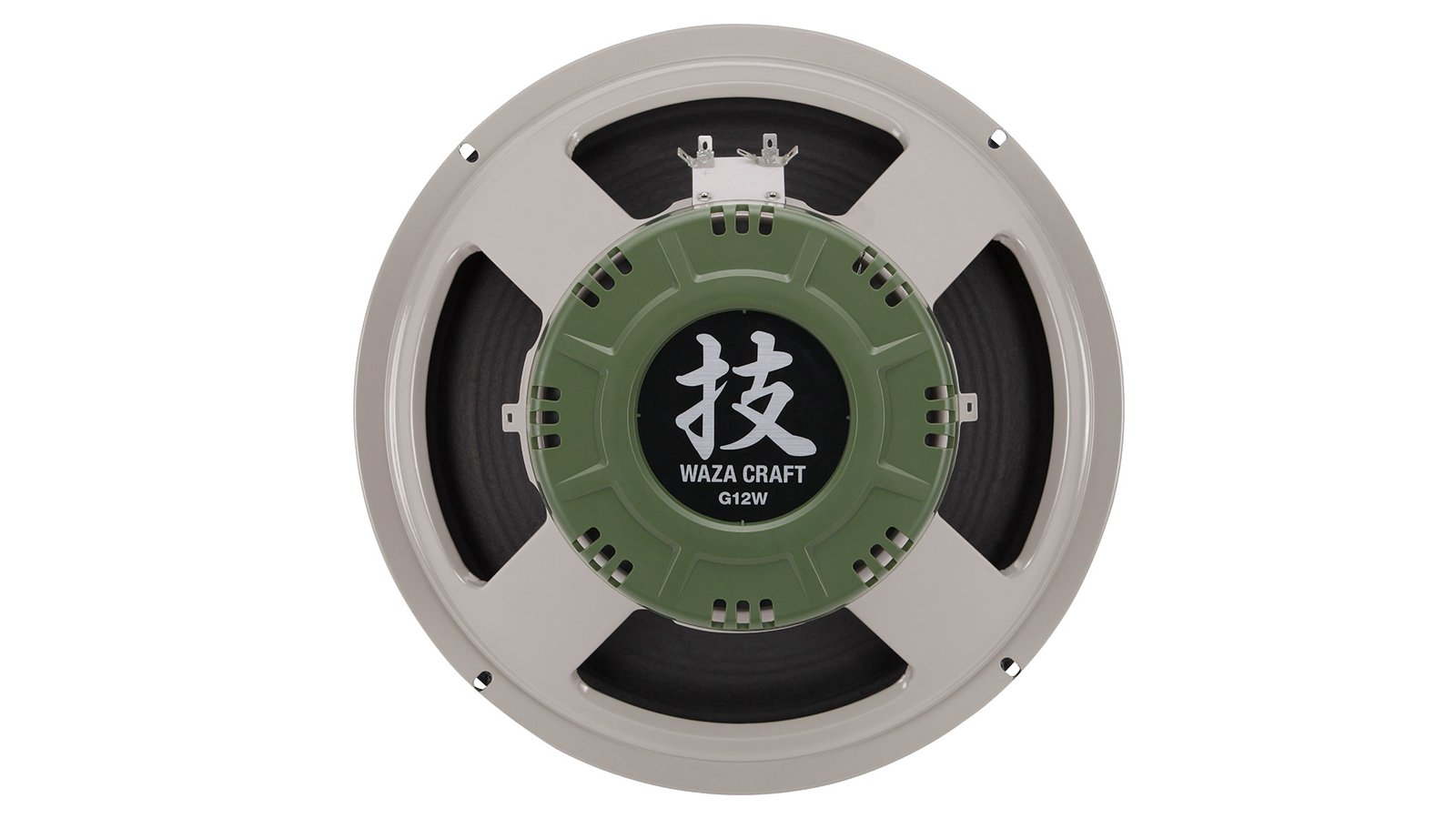
9. Boss WAZA Speaker G12W-8
Our expert review:
Specifications
Reasons to buy
Reasons to avoid
The color kinda gives it away doesn’t it? The Boss site doesn’t explicitly say as much (it does, however, drop a ton of hints) but this is a Japanese stab at improving on the iconic Celestion Greenback.
You see, when Boss was developing its flagship Waza Amp Head it wanted a matching speaker that recalled the quintessential British half-stack sound of the ‘60s. A sound that, back in the day, would have flowed from a cabinet rich with 25-watt Greenbacks. Unfortunately, the Waza Head would have overpowered a standard Celestion Greenback so the engineers at Boss had to have a rethink.
Their solution was to build a 100-watt speaker that replicated the same wide dynamic range, characteristic mid-range punch, restrained top end and expressive response. Initially, production was limited to fulfil Waza cabinet orders, but Boss has since made them available as individual units and marketed them as suitable replacements for any 12” speaker.
If you dream of filling your high-gain combo or cab with a modern set of high-powered Greenbacks the Waza G12W-8 could be just the ticket.
Best guitar speakers: Buying advice

Different speaker models, even from the same manufacturer, tend to have distinctive sonic characteristics that can usefully be categorized as either modern or vintage, and within the latter camp you’ll find a couple of other terms bandied about, namely American or British. So, hold on to your poodle skirts and plaster on some Brylcreem, it’s time for a very quick ‘50s-inspired history lesson.
Vintage-inspired
You can trust Guitar World
Back in the crucible of rock ‘n roll, amplifiers were small, low powered affairs fitted with similarly low-rated, inefficient speakers. The average wattage back in those days was around the 15-watt mark, which didn’t provide a lot of clean headroom, especially as their inefficient speakers needed a lot of power to output a decent level of volume.
When pushed, not only could these amps be readily overdriven, but their speakers would break up in a pleasing manner too, providing added grit or bite. This tone, forever associated with the sound of teenage rebellion, became a hallmark of rock ‘n roll and pretty much every ‘popular’ genre that followed. Even as amps grew in power throughout the ‘60s and ‘70s, they still tended to be fitted with inefficient speakers equipped with thin paper cones that would break up at higher volumes. What started out as a flaw, matured as a well-loved feature.
In the US, the go-to speaker brands back then were Jensen and Eminence. Jensen’s speakers were characterized by their bell-like highs, open mids and saturated lows, so it’s no surprise to learn that Fender was a loyal customer. In fact, many US amp builders of note used Jensen speakers, including Ampeg and Gibson.
Over in the UK, Celestion was making similar products but with a more pronounced mid-range and aggressive highs. Guess what? These speakers with their characteristically focused tone found their way into Vox and Marshall amps.
It would be an exaggeration to claim that these speakers from either side of the pond defined the British Invasion and American sounds of the ‘60s – amp design was more influential – but they certainly added a spicy kick to the sonic soup. Today, you’ll find British- or American-inspired products in almost every speaker manufacturer’s catalogue, regardless of country of origin.
Modern
When Soldano introduced the first ‘modern’ ultra-high gain amp in the late eighties, it quickly became apparent that inefficient, low-powered vintage speakers weren’t going to cut it in the contemporary metal genres. Instead, modern electric guitar players needed efficient, powerful drivers with plenty of headroom that could authentically convey the character of a fully cranked preamp.
A few brands, notably JBL and Electro-Voice (EV), had been producing just this kind of product for decades, but soon every manufacturer joined them. JBL dropped out of the market some time ago, but EV is still a force to be reckoned with.
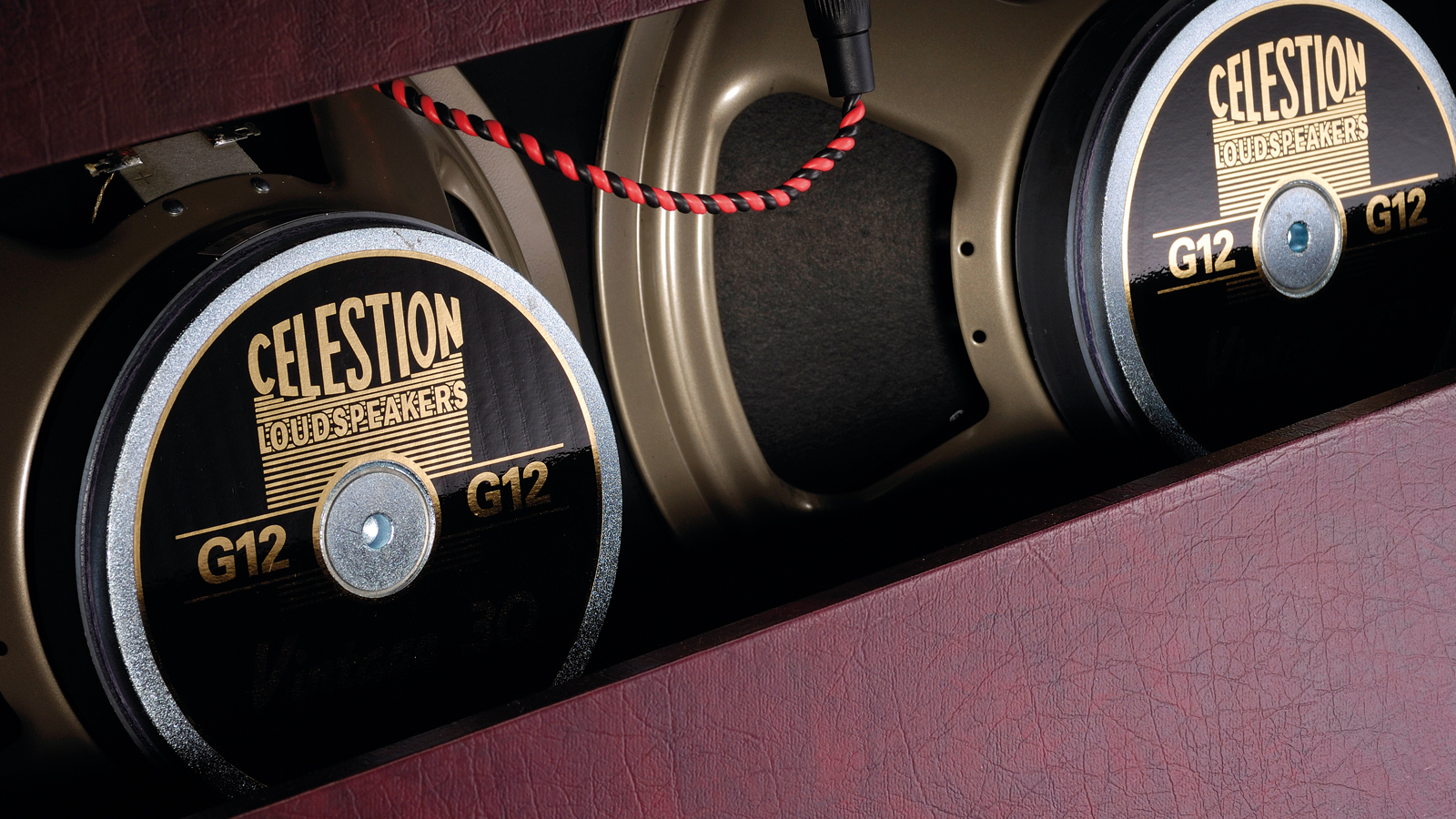
Ceramic, Alnico or Neodymium?
Speakers work by converting electrical energy into mechanical energy. Yeah, great, but how does that actually play out? Well, in a nutshell, the electric signal from your amplifier travels along a coil of wire, known as the voice coil, that sits at the very heart of your speaker. It produces an electric field that interacts with a cylindrical magnet that’s placed just to the rear of it.
The stronger the current in the coil, the more forceful the attraction to the magnetic, which causes your speaker’s diaphragm (aka the cone) to move. If the current is varied over time, the cone will pump in and out, generating sound waves.
Clearly, the magnet plays a significant part in this transformation, which is why engineers have experimented with different types in order to discover which performs best. You’re likely to find three types in guitar speakers.
Alnico magnets, made from an alloy of aluminium, iron, and cobalt, were traditionally used in vintage speakers. They exhibit a sweet, warm tone at lower volumes and respond well to playing dynamics. Because of their cobalt content, Alnico magnets are expensive.
Neodymium magnets have a well-balanced frequency response and also respond well to a player’s touch. They weigh significantly less than other magnets, making them a good choice in heavy, multi-speaker combo amps. They are slightly less expensive than Alnico magnets.
Ceramic magnets, made from a combination of strontium carbonate and iron oxide, are cheaper than Alnico and Neodymium but they handle high power well and sound great at high volumes. They can be heavy though, something you’ll be reminded off every time you lift your cab from van to pub door.
Logically, high-powered speakers require larger magnets, which adds to both cost and weight.
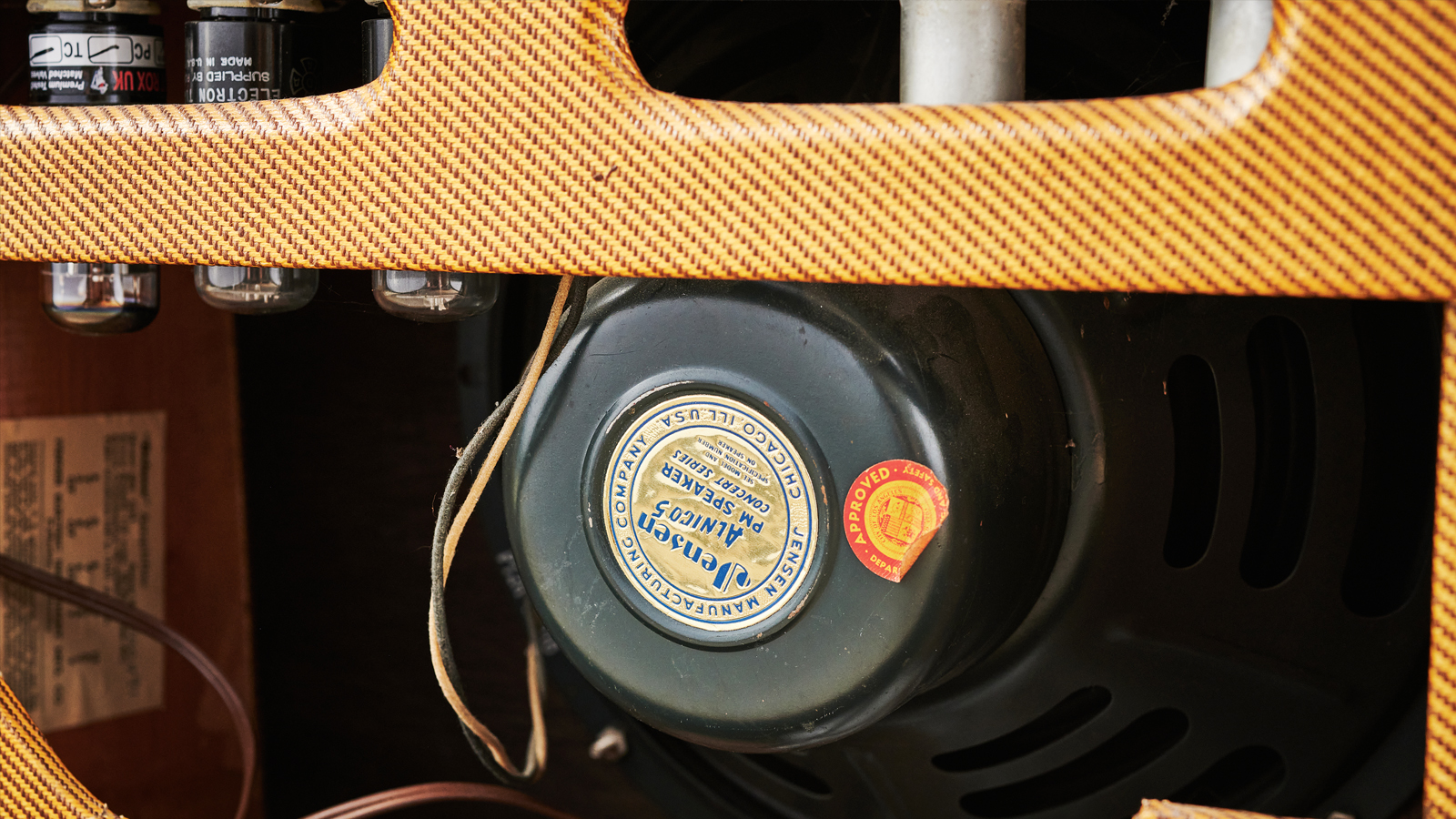
Power Rating and Impedance
Follow a couple of simple rules and you’ll find that this is an area that’s less daunting than it initially appears. Firstly, make sure the wattage of your speaker matches or exceeds the wattage of your amplifier. Choosing a higher wattage speaker may increase low-end frequency response, for a richer sound, but you’ll be sacrificing volume.
Yes, some guitarists like to specify lower-wattage speakers in a high-powered amp to increase distortion but crank the volume too much and you may damage them. If you’re planning on using more than one speaker then it’s safe to divide the wattage between them. In other words, a four 25-watt speaker cab will work fine with a 100-watt amp.
Impedance is not something you’ll want to experiment with unless you love forking out for new amps or speakers on a regular basis. Just make sure the output impedance of your amp matches the speaker rating or damage is almost certainly guaranteed. Many amps have switchable impedance – usually 4, 8 and 16 ohms, which makes life easier.
If you’re hooking up multiple speakers or even multiple cabs then you’ll have to calculate the correct impedance, which can be nerve-wracking but you’re in luck because Guitar World’s sister publication Bass Player has published a handy impedance guide.
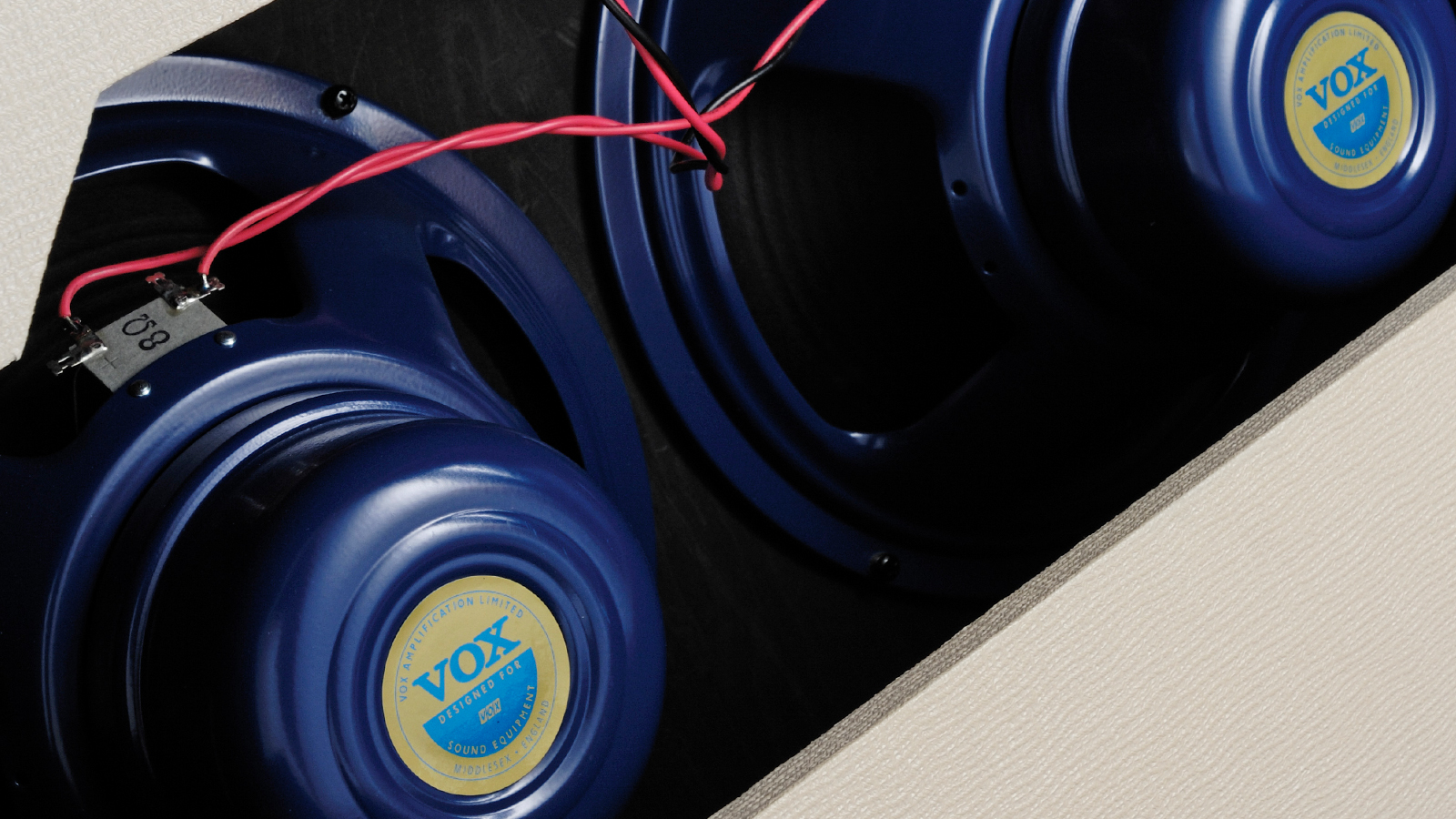
Bit of a squeeze?
Guitar speaker size is specified using the outer diameter of the cone as a reference, with 12” being the most popular but you’ll find plenty of great sounding 10” speakers too. However, go much smaller and you risk compromising the low end.
In theory, one 12” speaker can be swapped out for any other 12” speaker, and most of the time this is reliably the case. If you have a screwdriver handy, the whole job could take less than 5 minutes, as this video from Fender demonstrates.
Sometimes however, speakers can be too deep to fit into a combo or cabinet, especially if they feature a closed-back design. So, if you’re upgrading an existing speaker to another model, spend a bit of time researching its exact dimensions or you’ll risk turning a pleasurable five minutes into hours of tantrum-inducing frustration.
Related buyer's guides
- Play harder with the best rock guitars
- Go down low with the best baritone guitars
- Got the blues? Check out the best blues guitars
- These are the best electric guitars under $1,000
- Get more low-end with our guide to the best 7-string guitars
- How low can you go with the best 8-string guitars
Get The Pick Newsletter
All the latest guitar news, interviews, lessons, reviews, deals and more, direct to your inbox!
When Simon's childhood classical guitar teacher boasted he 'enjoyed a challenge', the poor man had no idea how much he'd underestimated the scale of the task ahead. Despite Simon's lack of talent, the experience did spark a lifelong passion for music. His classical guitar was discarded for an electric, then a room full of electrics before Simon discovered the joys of keys. Against all odds, Simon somehow managed to blag a career as a fashion journalist, but he's now more suitably employed writing for Guitar World and MusicRadar. When not writing or playing, he can be found terrifying himself on his mountain bike.
"Brilliantly precise monitoring headphones with wide open-back sound": Audio-Technica ATH-R70XA review
“We’ve painstakingly restored Les Paul’s original gear”: The Les Paul Recording Studio opens in Hollywood – bringing the innovator’s revolutionary gear to a whole new generation of musicians











